Beak and Claw Care for Parrots: A Specialist’s Approach

Beaks and claws are parrot tools for feeding, climbing, and social interaction—but without proper maintenance, overgrowth can lead to painful deformities and health issues. Drawing on 12 years of avian sanctuary and veterinary collaboration, I’ll guide you through safe, effective beak and claw care routines to keep your bird in peak form.
Why Grooming Matters
Health & Comfort: Overgrown claws can impede perching; a long beak can hinder eating and preening.
Behavioral Balance: Regular grooming reduces frustration-induced behaviors like feather chewing.
Bonding Opportunity: Calm, cooperative sessions strengthen trust between you and your bird.
Tools of the Trade
Ceramic Nail File & Dremel (Low RPM): For gentle, gradual claw shortening.
Stainless Steel Avian Beak File: Designed to handle tough keratin.
Styptic Powder: To address accidental nicks quickly.
Perch Plans: Natural wood perches of varying diameters promote natural wear.
Claw Care Step‑by‑Step
Acclimate with Simple Touches:
Rub each toe lightly to introduce handling.
Reward with a favorite seed after each session.
Secure Your Parrot:
Use a towel wrap technique for initial sessions; progress to free‑perch for cooperative birds.
Identify Quick Location:
In light‑toned claws, quick appears pink. For dark claws, only trim visible curved tip.
File, Don’t Clip:
Use a ceramic file or Dremel at low speed; work slowly, checking length after each pass.
Reward & Reassure:
Pause frequently, offer vocal praise and treats to create a positive experience.
Beak Maintenance Routine
Daily Observation:
Watch for cracks, chips, or discoloration indicating imbalance.
Encourage Natural Wear:
Provide cuttlebone, mineral blocks, and hard wood branches (oak, apple) for chewing.
Filing Process:
Hold beak gently but firmly at the cere; avoid pressure on sensitive nostrils.
File top and bottom mandibles lightly, preserving natural curvature.
Check for smoothness; stop when no snagging occurs.
When to Seek Professional Help
Deep Beak Cracks or Infections: Requires veterinary intervention.
Persistent Overgrowth: Could signal nutritional deficiencies or metabolic issues.
Reluctance to Eat or Climb: May indicate mouth pain or imbalance.
Aftercare & Enrichment
Introduce Chew Toys: Rotate hard‑wood and mineral toys weekly to sustain natural grinding.
Positive Sessions: Keep grooming under 10 minutes; end on a high note with playtime.
Conclusion
Regular, gentle beak and claw care keeps your parrot agile, healthy, and behaviorally balanced. Through positive training, proper tools, and enriching chew opportunities, you’ll master a specialist’s approach—ensuring your bird’s beak and claws stay in optimal condition for life’s daily adventures.
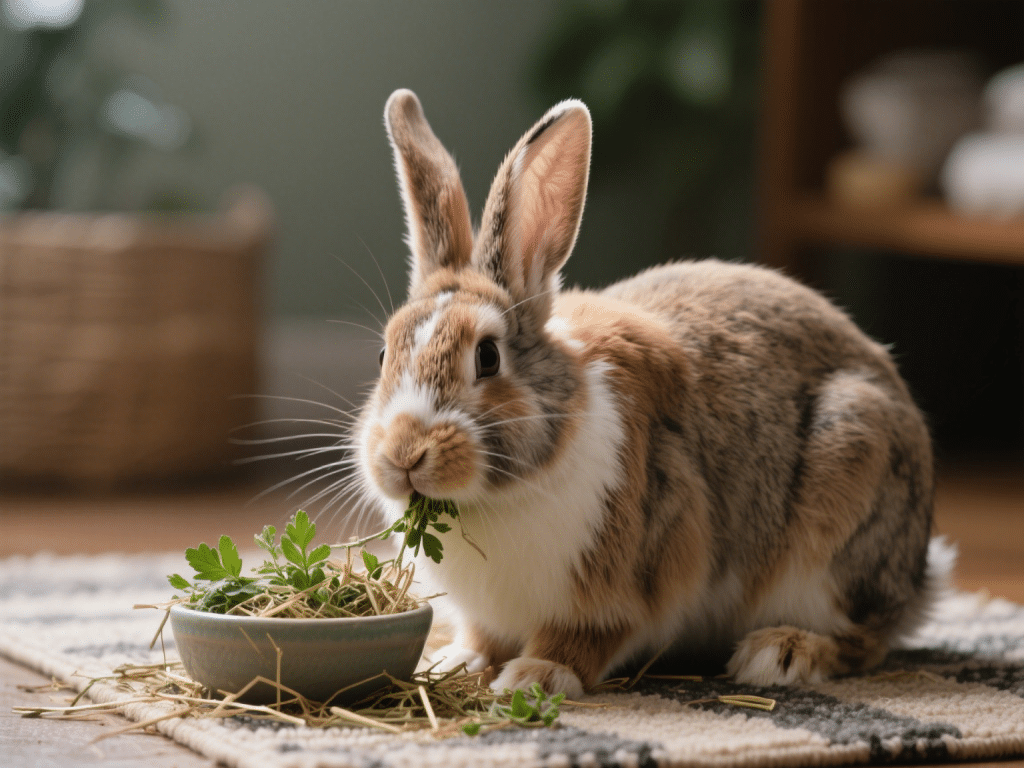
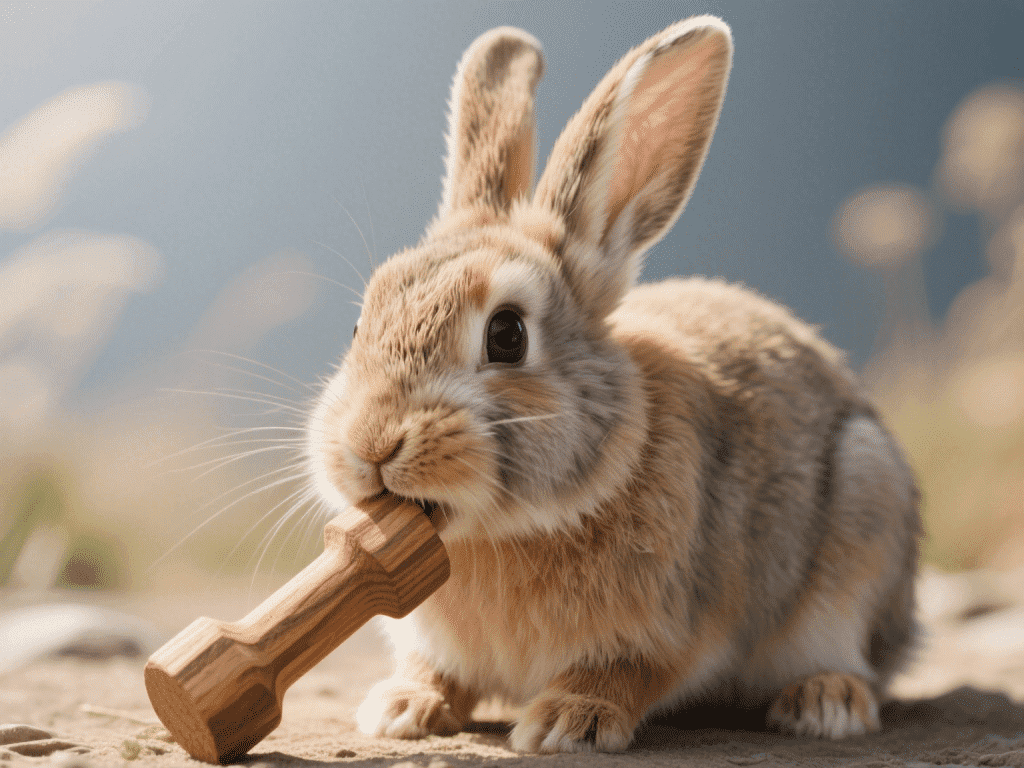

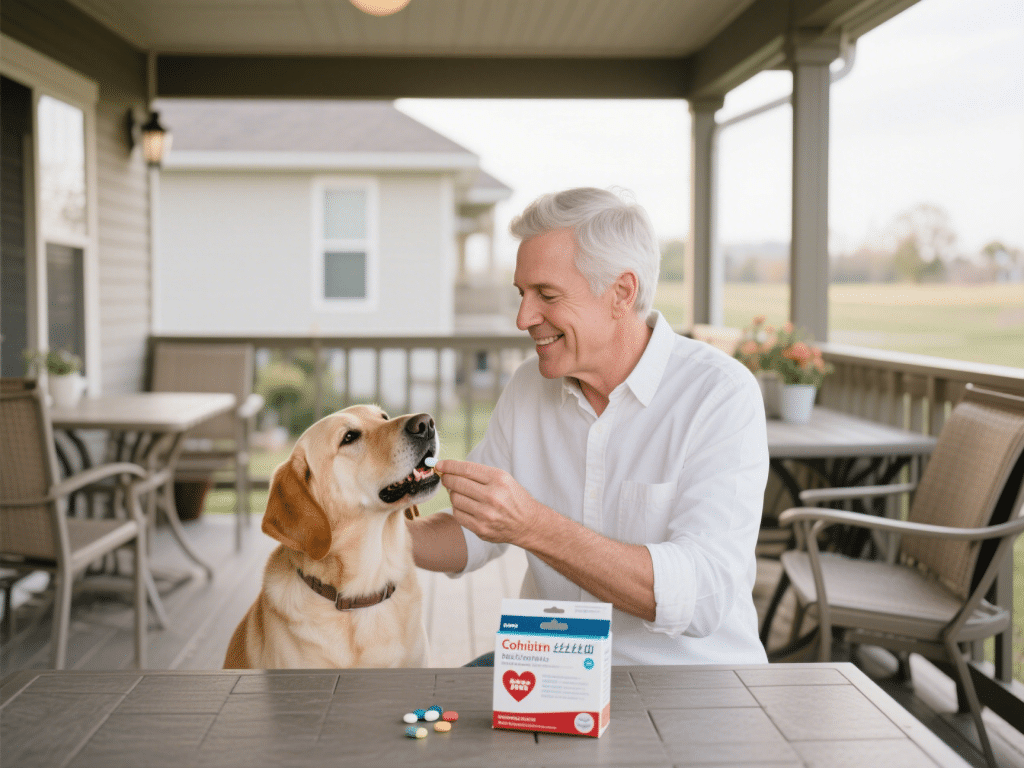
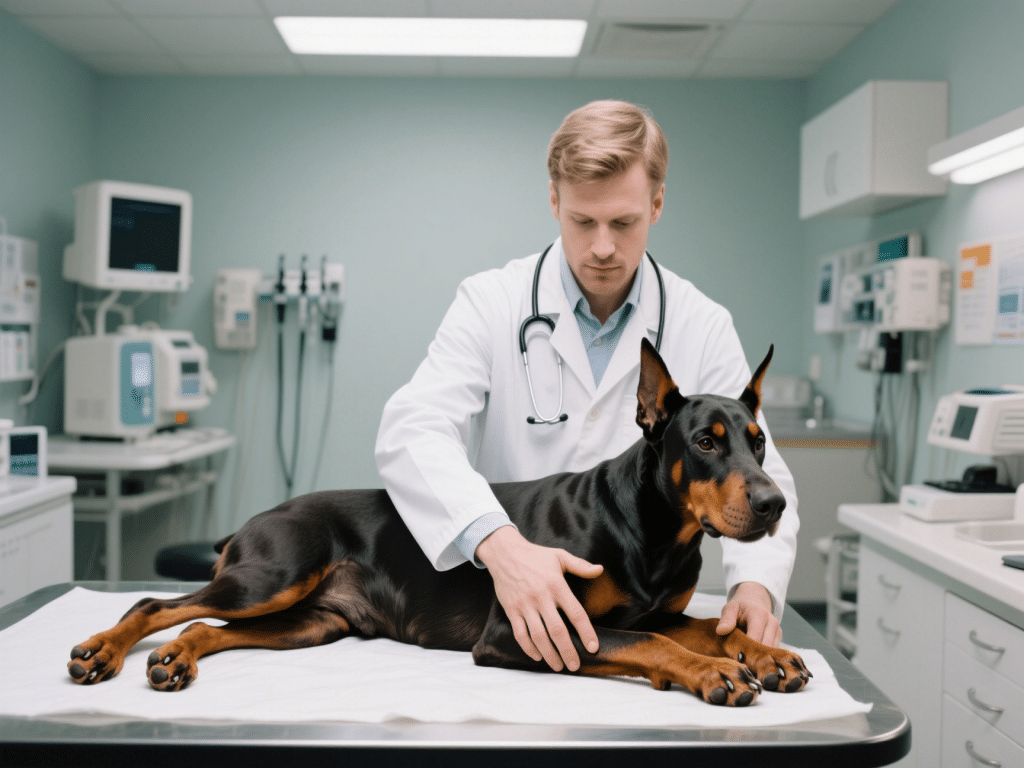
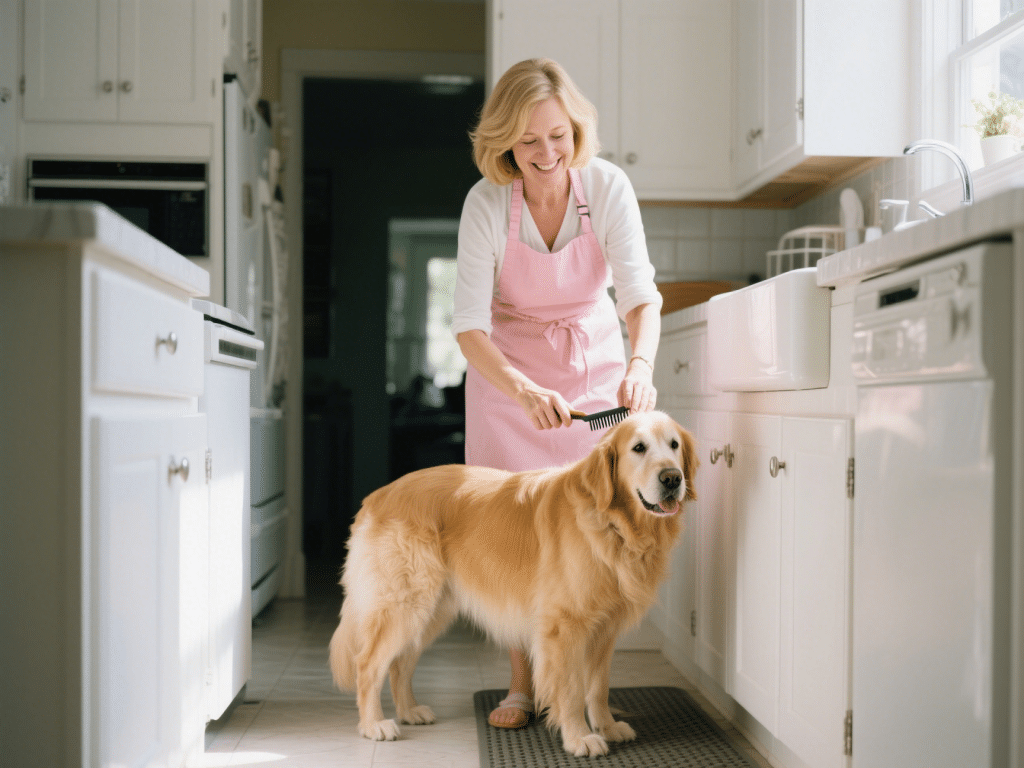
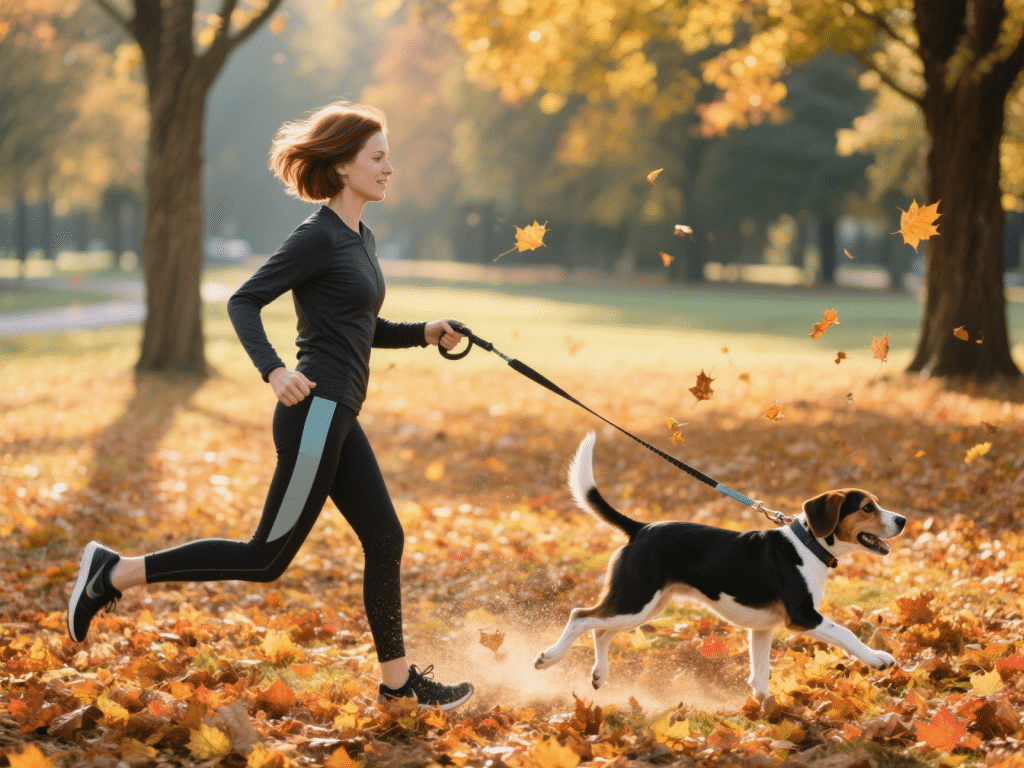
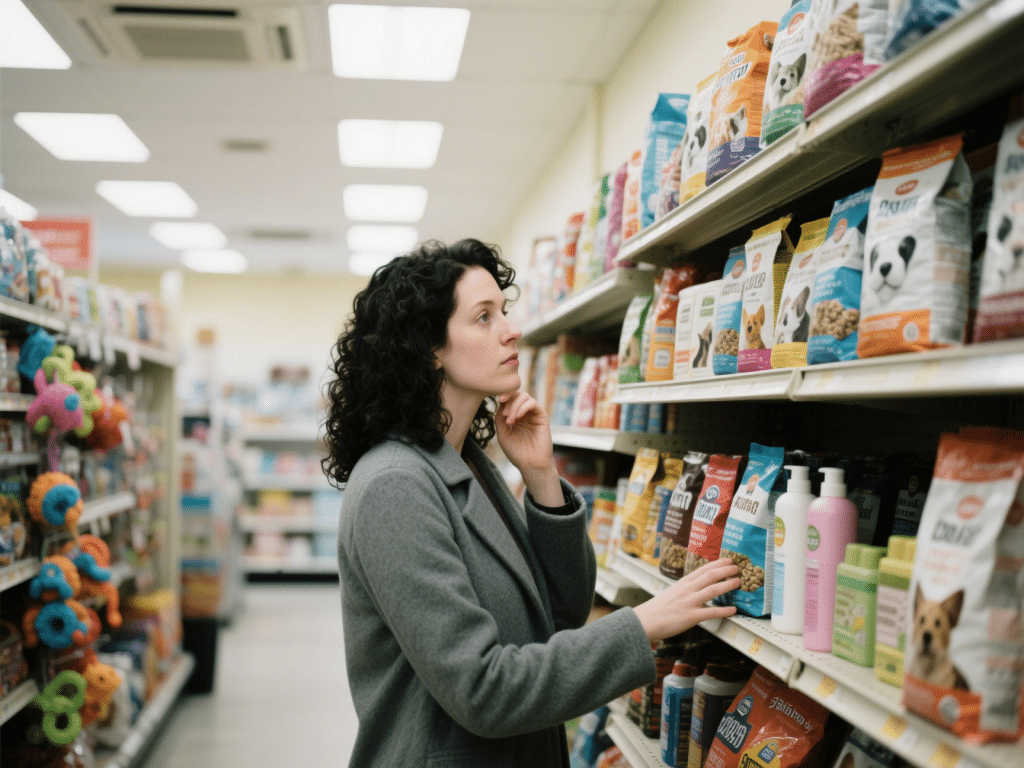

Comments on "Beak and Claw Care for Parrots: A Specialist’s Approach" :